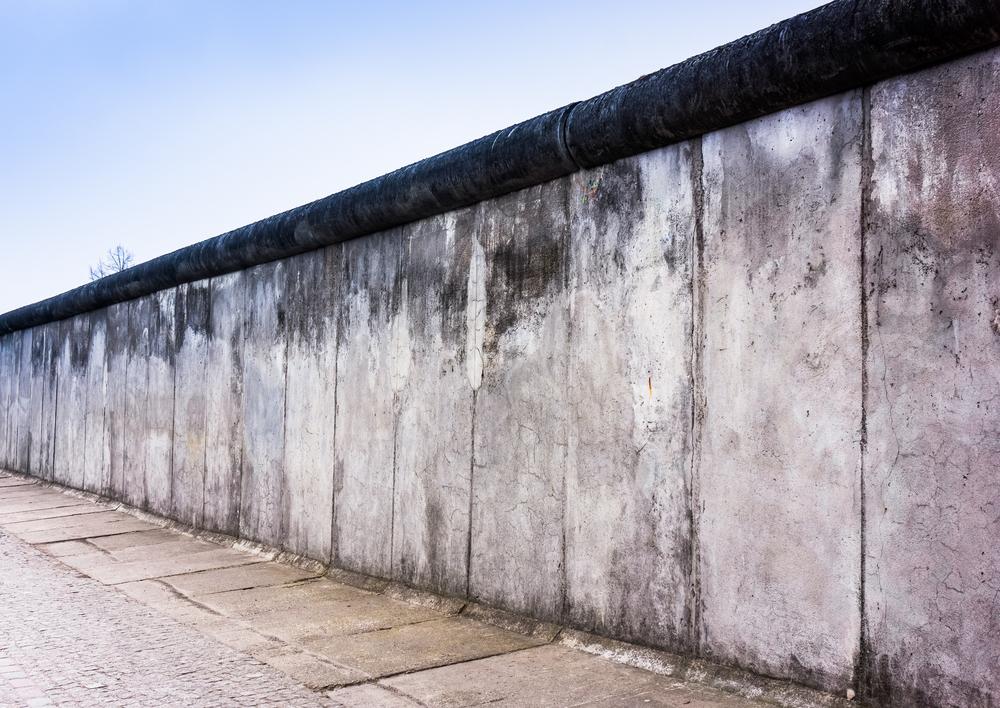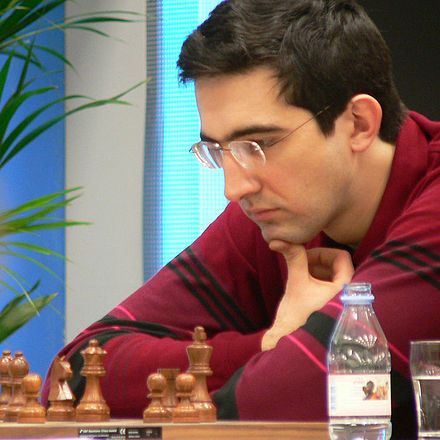
Vladimir Kramnik And The Berlin Defense
Before the 2000 world championship match between Vladimir Kramnik and Garry Kasparov, the latter had been champion since long before I started playing chess. Kasparov dominated the chess world and seemed unbeatable. I naturally assumed that he would defeat his challenger pretty easily. Kramnik was obviously a strong player, but his style was not considered as flashy.
Somehow the brilliance was hidden behind a veil.
Nevertheless, Kramnik won the title from Kasparov, 2-0 with 13 draws. The two wins looked somewhat fortuitous to me at the time (a win in an opposite-color bishop ending that Kasparov should have drawn, and a quick win when Kasparov fell into a known opening trap). Nevertheless, the general trend was in Kramnik's favor.

Key to Kramnik's victory was Kasparov's complete inability to get anything with the white pieces. Kramnik had usually played the Classical Sicilian or Sveshnikov against 1.e4 -- sharp openings that would be extremely vulnerable to Kasparov's deep opening preparations. One could also have predicted the Petroff Defense, which Kramnik had used many times when solid play was required -- but surely Kasparov had worked on that as well.
What Kramnik did was introduce a surprise weapon for the match, and a very good one as well! Having played the Berlin Defense only twice before (and in one of those he played the older 5...Be7 move), he placed his faith in it as a defense to 1.e4
The key line, which occurred in all but one of the games where Kasparov played 1.e4, leads to a queenless middlegame known after the match as the "Berlin Wall":
This choice turned out to be a diabolical weapon for Kramnik, which basically made him the world champion -- with Kasparov completely neutralized as White, all Kramnik needed was a "lucky" win or two when he had White.
The above endgame, prior to the match, had hardly been appreciated, and hence the entire Berlin Defense was not very popular. It was thought that the endgame was just a grim struggle for a draw, with little active prospects for Black. Kramnik realized otherwise.
Despite the displacement of the black king, the doubled pawns, and White's kingside majority, Black places his hopes in his two bishops -- especially the light-squared one. A factor of great importance is that the white pawn has advanced to e5. Thus White has lost a great deal of light-square control and the flexibility of the kingside pawn majority. Central among White's problems is finding an acceptable formation of pawns on the queenside. On the light squares the pawns can be very vulnerable, while on the dark squares they leave holes.

The Berlin was a perfect choice not just because of its inherent value -- which is not in doubt now; as you can see in the top tournaments a huge number of Berlin Defenses occur -- but also because of its non-concrete nature. This meant that it was ideal to battle Kasparov, who was most at home in concrete, sharp positions which can be subjected to exact analysis. At practically any moment in the opening, many possible moves and even entirely differing approaches are possible for both sides.
Thus it would be very hard for Kasparov to prepare some kind of devastating response to it, even after the initial surprise.
That said, at least Kasparov did not lose any of the games against the Berlin. His great experience and class allowed him to avoid overpressing. Nevertheless, in none of the games was he able to achieve any real opening advantage. Let's see some of the games now.
The surprise was sprung in the very first game of the match:
In the third game (the next time Kasparov had the white pieces), Kramnik showed that his use of the Berlin was not a one-time deal. This time a huge battle took place:
Not surprisingly, Kasparov switched to 1.c4 in the fifth and seventh games, although he achieved practically nothing, and both games were drawn. In the ninth game, he once again returned to 1.e4. Most likely he and his team were working on refuting Kramnik's Berlin Wall, specifically with the idea of ...Bd7 and ...Kc8, as Kramnik had played in games one and three.
But this time Kramnik showed the versatility of his system, and the king stayed in the center:
Kramnik used the Berlin one more time in the match, near the end, although Kasparov had psychologically given up by that time, and the game was agreed drawn in 14 moves.
Having achieved success with the Berlin in his match against Kasparov, Kramnik turned to it quite often in subsequent tournaments, making it one of his main openings. Here we see him beating Alexander Grischuk with Black in a game that closely resembles some of the games with Kasparov. The draw looked likely, until Grischuk blundered, going into a lost pawn endgame:
The Berlin Defense -- or rather, its reinvigoration -- will always be remembered as one of Kramnik's major contributions, even as half the top players are using it.






